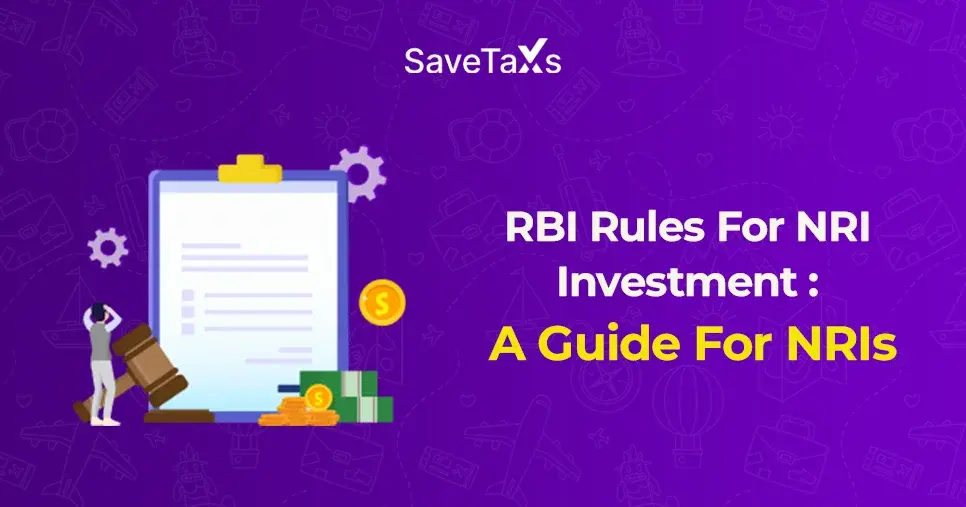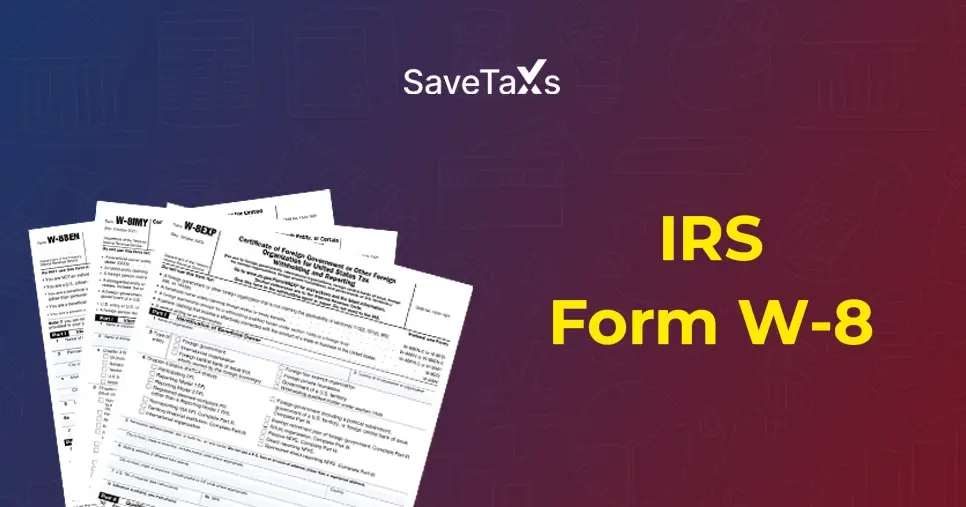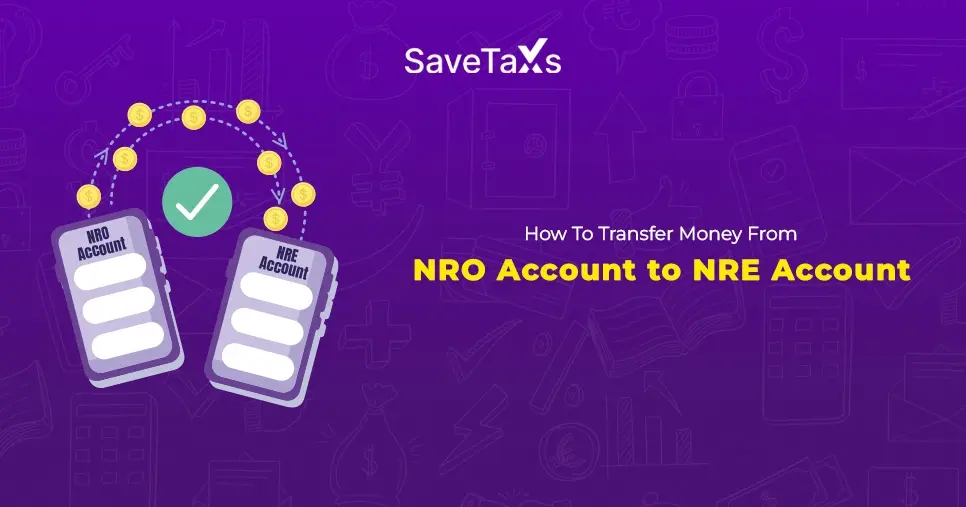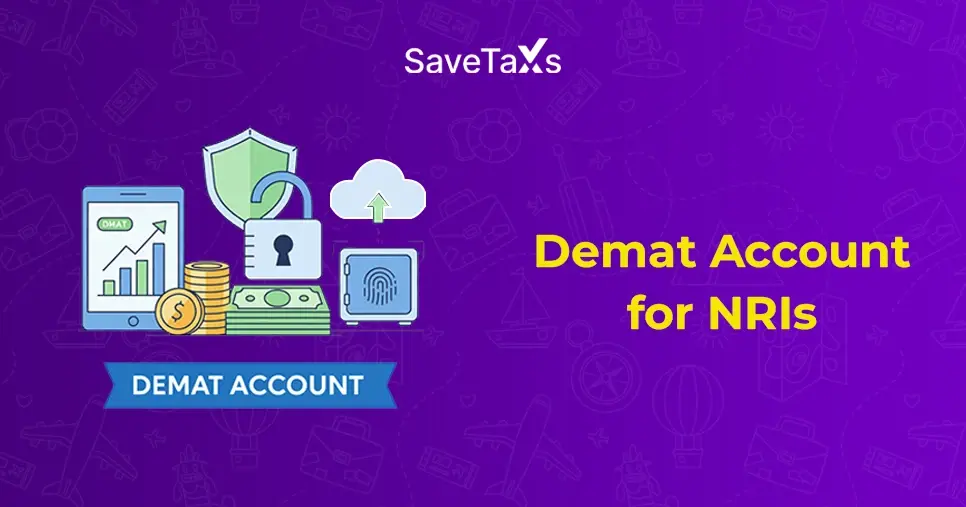The DTAA (Double Tax Avoidance Agreement) between India and Canada is a two-sided tax treaty that helps an individual avoid paying taxes twice in both countries. Individuals as well as entities that earn income in both countries do not have to pay tax twice on the same income under this DTAA treaty. A person can claim the taxes that they have paid in one country as a credit in another country, making it a crucial development for bilateral investment and trade between the two countries. In this blog, we will learn about the various aspects of the DTAA treaty between India and Canada and understand how this tax treaty works and how it can be advantageous for both nations.
What is the DTAA Between India and Canada?
The friendly diplomatic relationship between India and Canada has evolved over the decades. For the past years, both countries have taken part in investment and trade activities, contributing to the economic growth of both contracting states. On May 6, 1997, the Double Tax Avoidance Agreement (DTAA) was signed between India and Canada, which applies to individuals who are residents of or both of the contracting states.
According to the Indian Canada DTAA, if an Indian resident earns taxable capital gains in Canada, India will allow a deduction from the resident's capital gain tax equivalent to what has been paid in Canada. This agreement covers various income types, including business profits, capital gains, dividends, royalties, and others, with taxes applied based on the specific treaty's guidelines.
What is the Importance of DTAA for India and Canada?
The DTAA between India and Canada offers numerous benefits for individuals and businesses in both countries. It ensures that no double tax is charged on the same income, and it brings legal clarity with specific rules related to DTAA, since certain rules apply to taxes on foreign income. In some scenarios, the DTAA provision offers a concessional tax rate for both nations and applies anti-abuse provisions to ensure that benefits are granted only to legitimate residents of India and Canada.
Additionally, the DTAA is crucial in providing a predictable and stable tax framework between the two countries, which encourages businesses to broaden their activities. By creating a favourable investment environment and providing better options to India and Canada, the agreement attracts foreign investments and promotes economic development in both nations.
What are the Taxes Covered Under the DTAA?
The following are the key points regarding the different types of taxes covered under the DTAA between India and Canada:
- This agreement applies to income taxes and capital taxes imposed on residents of both contracting states.
- It applies to similar or identical taxes implemented in place of existing ones or the contracting state after signing the treaty.
- The specific income that falls under the treaty includes:
- Canada: Taxes under the Income Tax Act of Canada (also referred to as Canadian Tax).
- India: Wealth tax under the Wealth Tax Act (referred to as Indian Tax) and Income Tax, including surcharges as per the Income Tax Act.
- All taxes charged on total income, total capital gains, parts of income or capital, including taxes on gains from the transfer of movable or immovable properties, are considered income and capital taxes.
- Each year, the contracting states will notify each other of any significant changes made to their respective tax laws related to the DTAA.
What are the India-Canada DTAA Tax Rates?
The withholding tax rate on various income, as outlined in the DTAA, is as follows:
| Country |
Tax Rate on Dividend |
Tax Rate on Royalty |
Tax Rate on Interest Income |
| Canada |
15%, if the beneficiary firm has at least 10% of voting power in the company paying the dividends.
In other cases, 25% |
10% - 20% |
15% |
Capital Gains Taxation Under the DTAA
Capital gains taxation is structured as follows under the DTAA between India and Canada:
- Gains resulting from the sale of aircraft or ships operated in international waters by a business of a contracting state, and any movable properties related to those operations of such aircraft or ships, will only be taxable in that state.
- Capital gains from the sale of properties other than those mentioned above may be subject to taxation in both states.
What are Some Special Provisions Under the DTAA Between India and Canada?
All the special provisions of the India-Canada DTAA are mentioned in Chapter VI. It covers several articles that elaborate on the taxation system between the two nations.
- Non-Discrimination
Article 24 explains a tax agreement between two contracting jurisdictions. It states that nationals of one state cannot face a higher tax burden than those of the nationals of the other state. Canada may impose additional taxes on an Indian firm with a permanent establishment in Canada, but the tax rate cannot exceed a specified limit.
- Exchange of Information
Article 26 mandates that the contracting states must share the necessary information for implementing the agreement and their domestic laws. This obtained information must remain confidential and is only accessible to those with a need to know. The treaty does not require administrative measures that contradict either state's laws or require information that is not readily available.
- Mutual Agreement Procedure
As per Article 25, if a resident of a contracting state believes that they have been unfairly taxed under the agreement in a way contrary to the convention, they can present their case to the competent authority within two years of the initial action. If the claim is justified, the competent authorities from both contracting states must find a solution to resolve it.
- Diplomatic Agents and Consular Officers
Article 27 of the DTAA states that the agreement does not affect the tax privileges of consular officers or diplomatic agents as mentioned in the general rules of international law or provisions of specific agreements.
To Conclude
The DTAA between India and Canada is a beneficial tax treaty that boosts investment and international trade by avoiding double taxation on the same income. If you want to claim the benefits of the DTAA on your Canadian income, then you need to fill out the required data under the correct heading while filing your income tax returns (ITR). Knowing about the rules and regulations of the DTAA between India and Canada will help you avoid being taxed twice on various incomes. If you also wish to learn more about this tax treaty and get assistance with the same, then you should contact SaveTaxs. We have a team of experts who carry more than 30 years of experience and knowledge in this field. They can make claiming DTAA easier for you and can help you throughout. We work around the clock for every time zone, so you can contact us anytime, regardless of the country you are in. When you choose us, we ensure to provide you with the highest-quality services and the most amount of benefits that you deserve.
Note: This guide is for informational purposes only. The views expressed in this guide are personal and do not constitute the views of Savetaxs. Savetaxs or the author will not be responsible for any direct or indirect loss incurred by the reader for taking any decision based on the information or the contents. It is advisable to consult with either a Chartered Accountant (CA) or a professional Company Secretary (CS) from the Savetaxs team, as they are familiar with the current regulations and help you make accurate decisions and maintain accuracy throughout the whole process.
 India
India
 USA
Tax Consultancy Services
USA
Tax Consultancy Services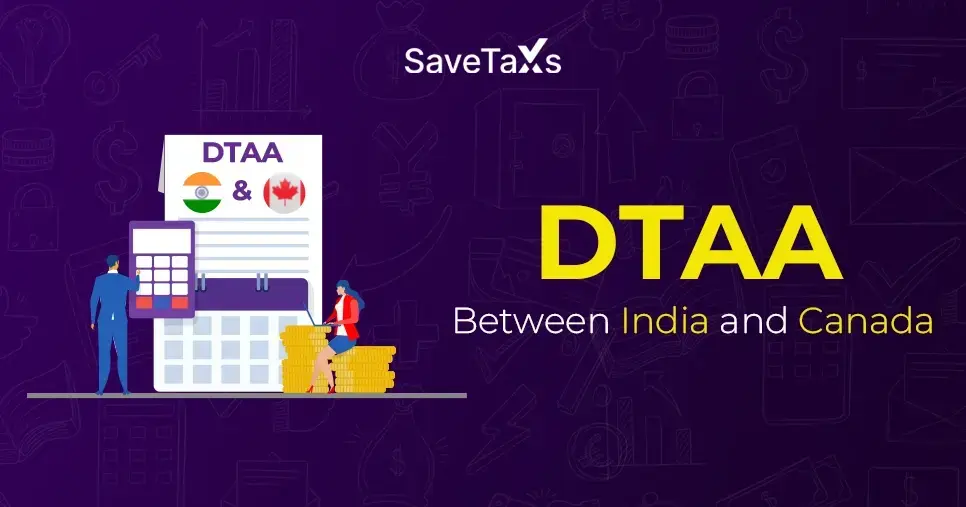


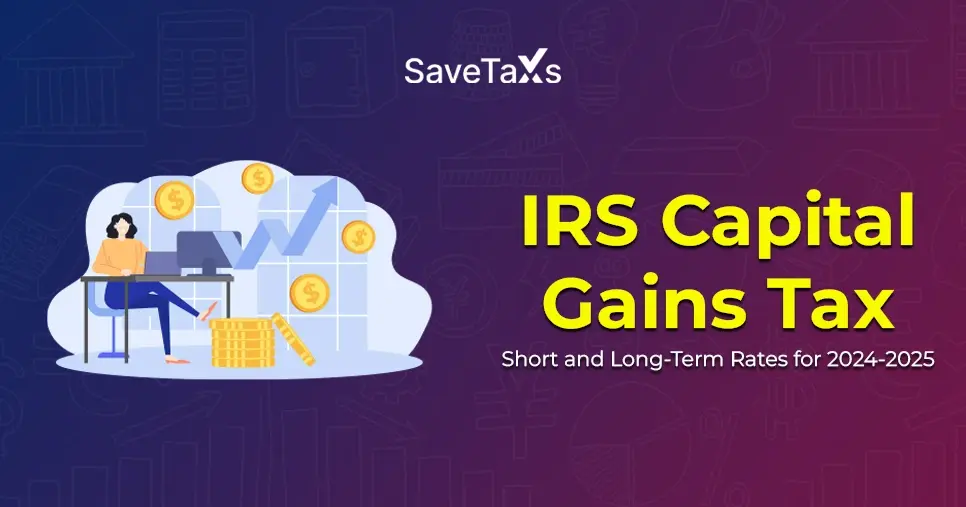
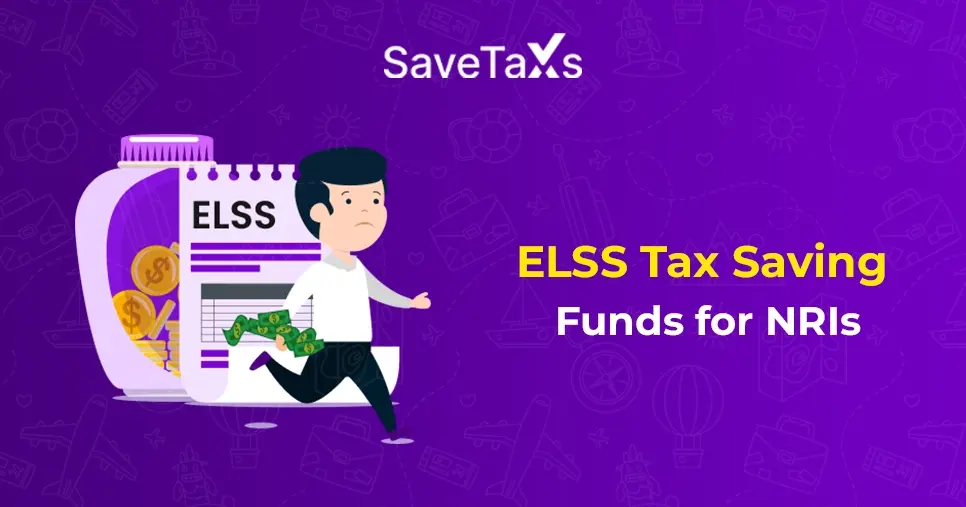
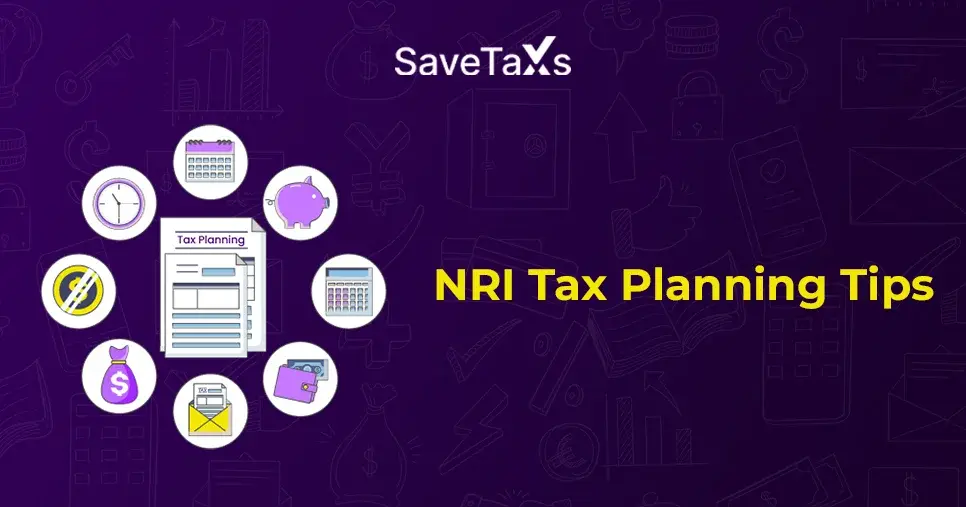
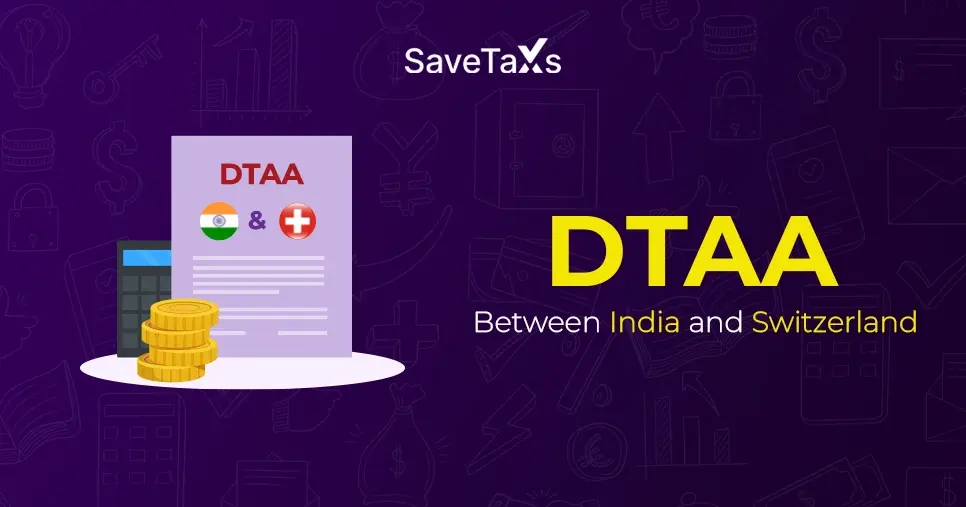
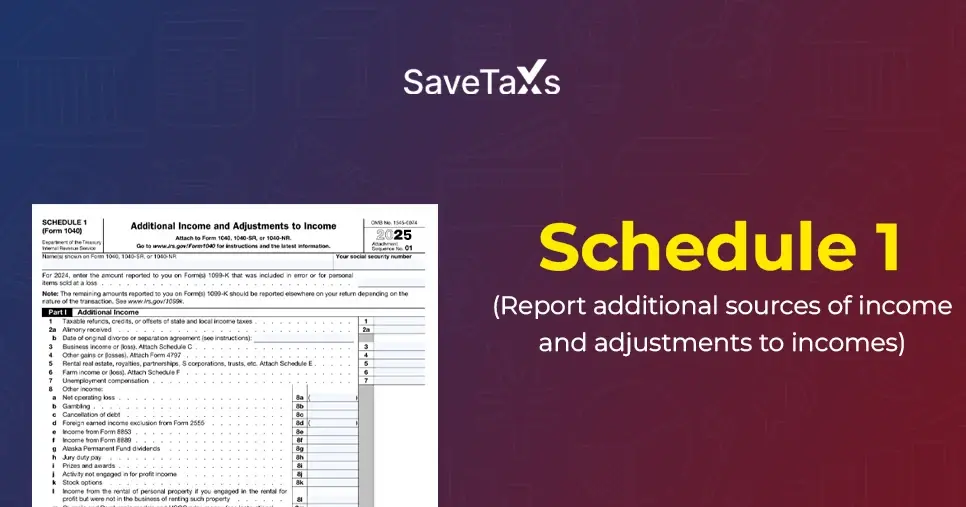
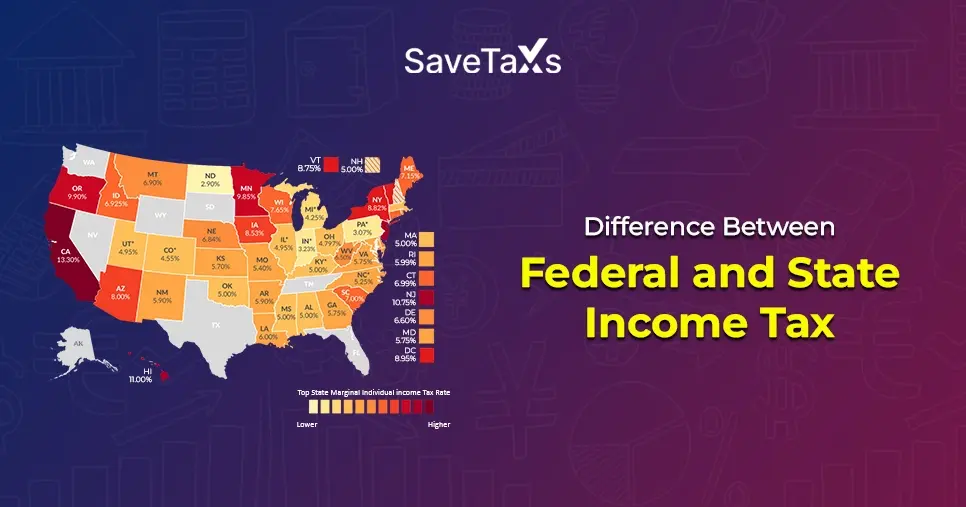
_1753429421.webp)
_1764918370.webp)
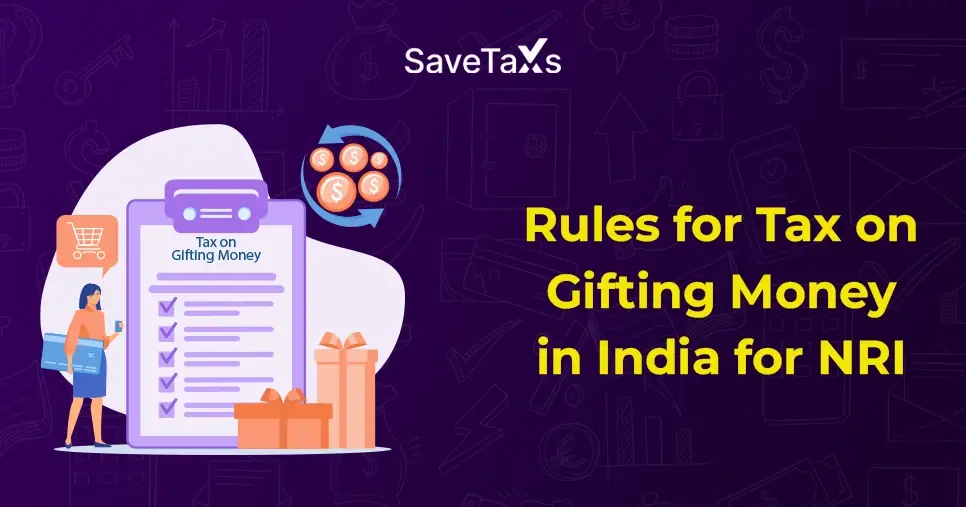
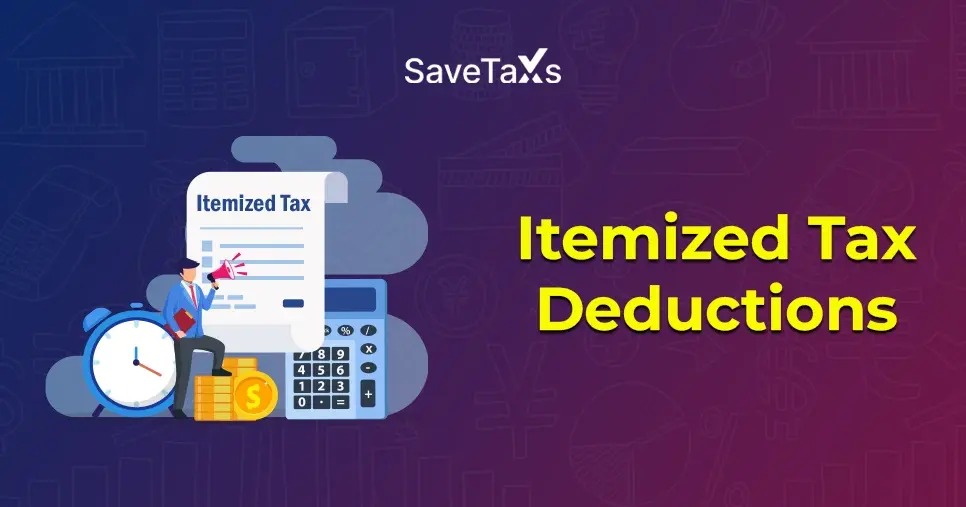
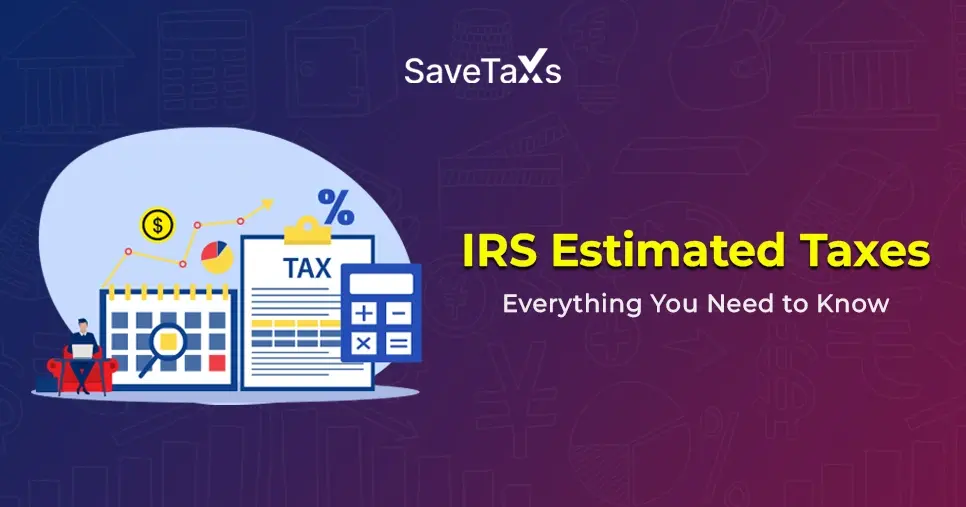
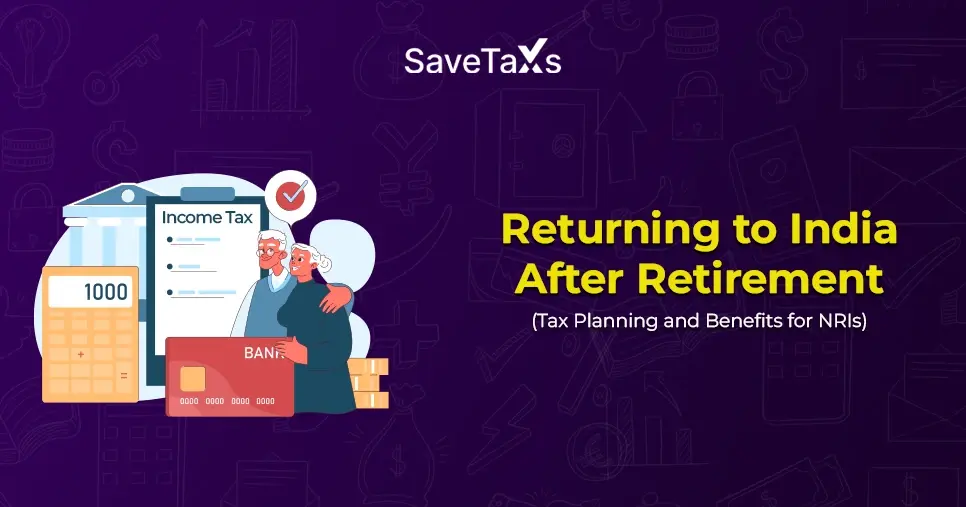

_1760618042.webp)

